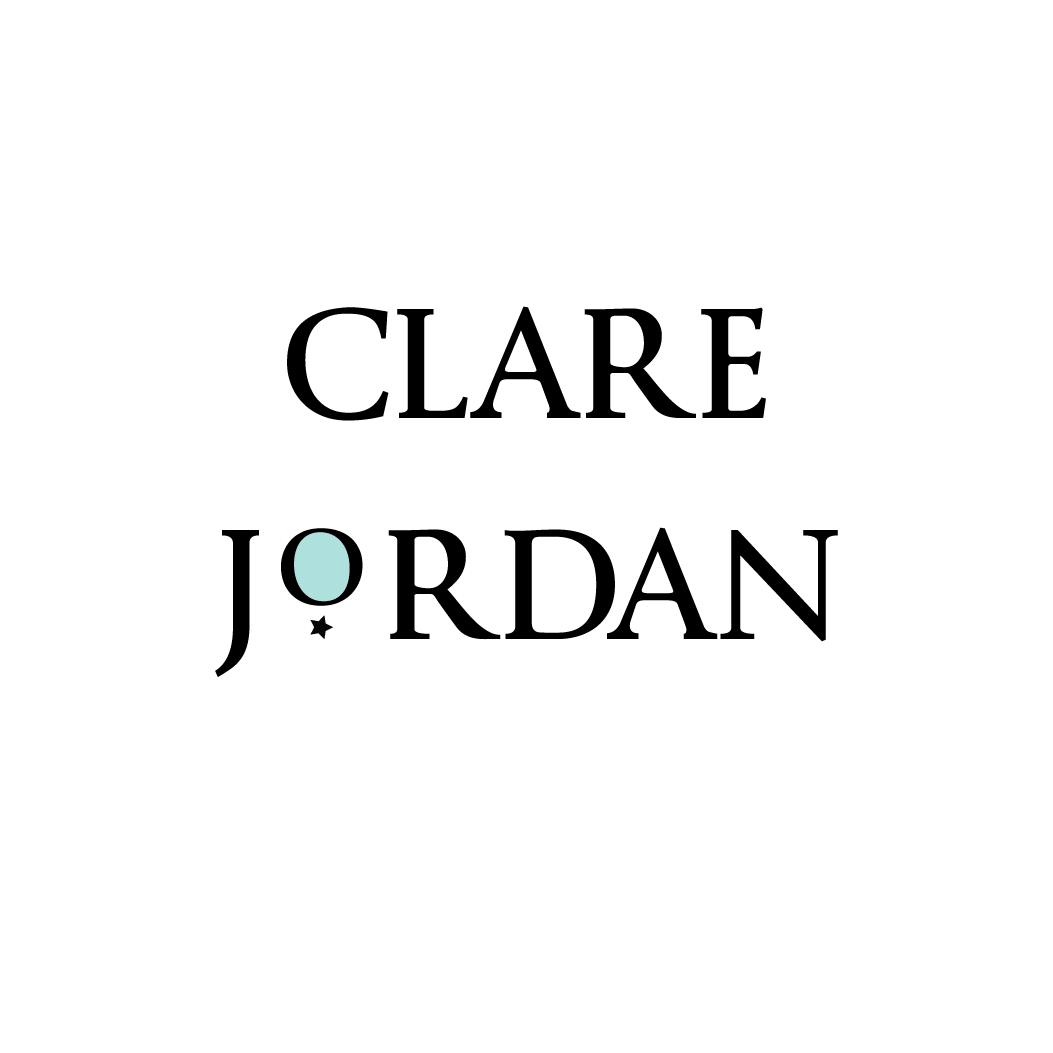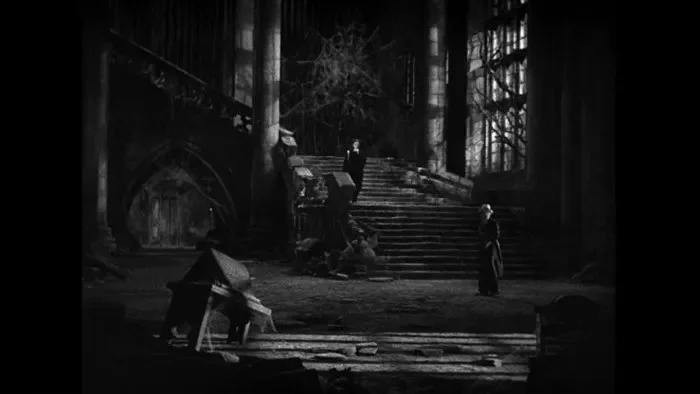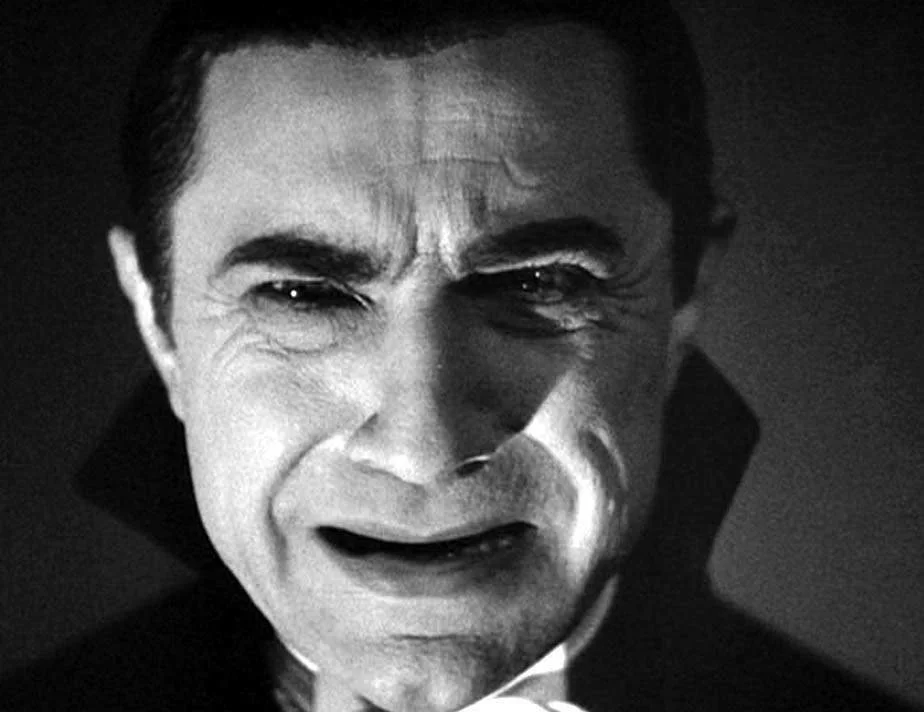Set Design - Dracula
The city of London and Count Dracula's Transylvanian castle stand in stark contrast in Browning's 1931 adaptation of Dracula. In addition to the supernatural forces of Dracula infiltrating the logical and industrialised world of early 20th-century London, the contrast between the two emphasises the conflict between the old and the contemporary. Darkness and rocky mountains encircle Dracula's castle, which serves as a classic European gothic backdrop. The castle is emphasised as a location beyond the grasp of everyday societal life with no humanity present by the set design, which is dominated by crumbling stone walls and ominous darkness in the film's early scenes. As a manifestation of ancient superstition, Dracula's malevolent and predatory nature is allowed to flourish in this mediaeval castle. This ominous atmosphere is further reinforced by the lighting and deep shadow. Considering this universe is set far removed from reality, Dracula is free to be himself.
(Brodey)
(Fear: The Home Of Horror)
The psychological manipulation that is at play in this scene is further underscored by the set design. This demonstrates Dracula's power through both his physical presence and the environment. The lighting is important, employing controlled shadows and bright light to depict Dracula, consequently implying his monstrous traits and fostering an ominous sense of isolation.
(Kend)
The close-ups of Dracula's face, emphasise his predatory tendencies. A sensation of entrapment is created by the set design; this incarceration, when contrasted with the idea of a wider city outside, reflects the psychological imprisonment that Dracula seeks to impose on his victims. Unlike the dark remoteness of the castle, the city offers no immediate refuge from Dracula’s control, underscoring the film’s main subject of the inescapability of evil, even in the midst of a contemporary, civilised society.


